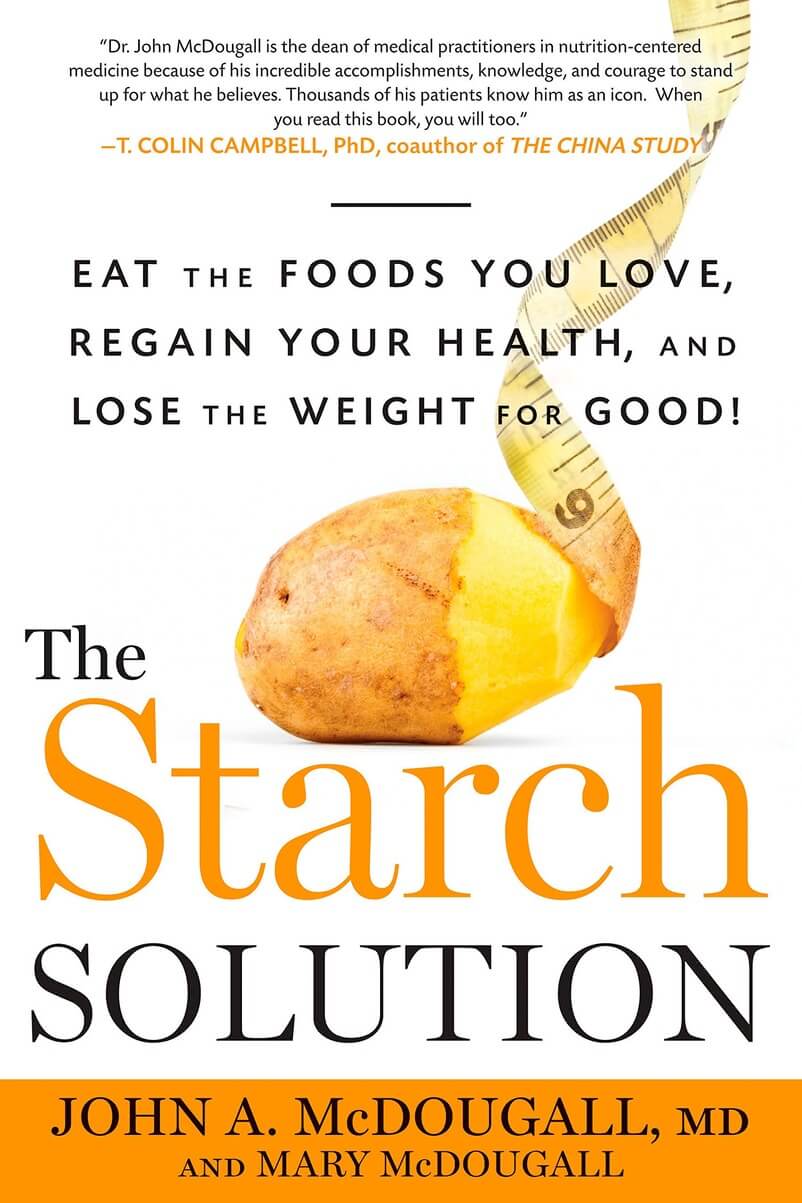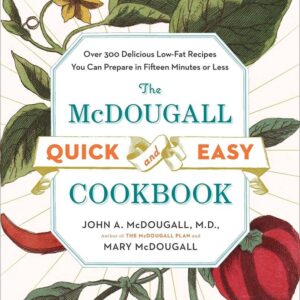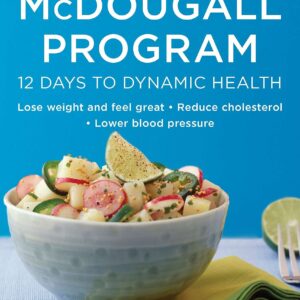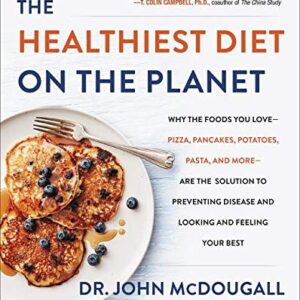The Starch Solution
Price range: $16.99 through $26.99
One of the top vegan books on Amazon, this book will help you lose weight and prevent a variety of illnesses such as diabetes, heart disease and more. It will free you from common misunderstandings about rice, beans, potatoes and your other favorite starch foods. You’ll learn that by fueling your body primarily with carbohydrates (starch) rather than proteins and fats, you’ll feel satisfied, boost your energy and look and feel your best.
Note: clicking the above will direct you to Amazon to complete your purchase of this item. This item is not currently available for purchase directly from the Dr. McDougall site.
Additional details
Book Format:
Paperback, Hardcover
ISBN:
9781623360276









